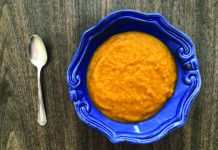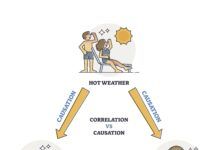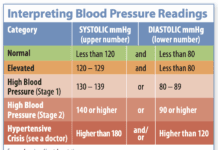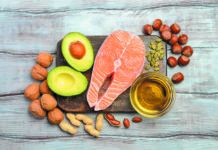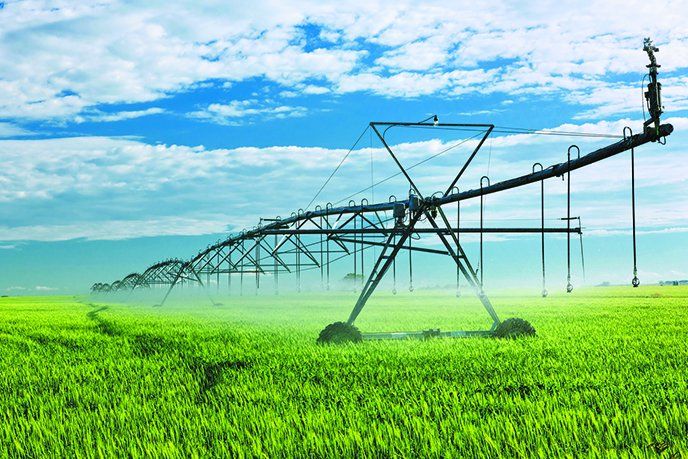Looking to adopt a dietary pattern that has the least “food-print” impact on agricultural land? New Tufts-led research might surprise you: Scientists found that a vegan diet was not the best choice for feeding the most people from the area of available land. Instead, a vegetarian diet that includes dairy products was the most efficient use of agricultural acreage.
Dreamstime.com
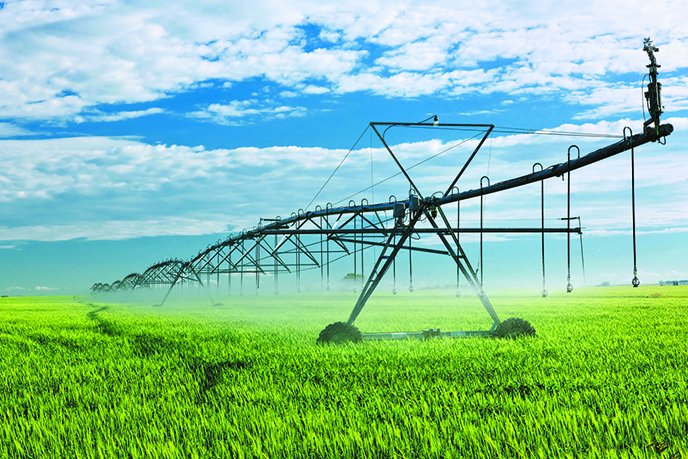
The study, published in the journal Elementa, is the first to calculate US agricultural land needed for different dietary scenarios. The new “food-print” model measured per-person land requirements of 10 different scenarios ranging from the typical American diet to a purely vegan one. Potentially, scientists concluded, agricultural land in the contiguous US could feed up to 800 million people – twice what can be supported based on current average diets.
“Dietary choices can influence the ability of agriculture to meet our need for food,” says lead author Christian Peters, PhD, associate professor at Tufts’ Friedman School. “Our approach challenges the 20th century emphasis on increasing yield and production. Improving crop yields remains vitally important, but it is not the only way to increase the number of people fed per acre. Our aim is to identify potential agricultural-sustainability strategies by addressing both food consumption and production.”
VARYING SCENARIOS: The 10 dietary scenarios varied by the sources of protein; eight of the diets complied with the 2010 Dietary Guidelines for Americans. A baseline diet represented the US’ current food consumption – higher in meats, grains, fats and sweeteners than the other dietary scenarios. In this baseline diet, roughly 80% of available cropland was used to grow crops for animal feed, such as hay, while the other 20% was devoted to fruits, vegetables and grains for human consumption.
The remaining dietary scenarios ranged from everyone eating a healthy omnivorous diet (a balance of meat and plant-based foods) to everyone adopting a vegan diet (excluding meat and all other animal by-products such as milk, eggs and honey). Intermediate scenarios included varying proportions of omnivores and vegetarians, and the accompanying cropland usage varied accordingly.
The research team found that:
– A lacto-vegetarian diet (a vegetarian diet that includes dairy products) had the highest carrying capacity, meaning that it could feed the most people from the area of land available.
– Diets including some meat can feed more people than vegan diets, depending on estimates of how much cropland is suitable for cultivation.
– The baseline diet had the lowest carrying capacity and required eight times more land than a vegan diet.
– As the amount of meat in the diet was reduced between scenarios, the amount of land necessary for crops to feed livestock was also reduced.
TRADE-OFFS: The model accounted for factors such as the suitability of cropland for cultivation, the interdependencies of dairy and meat production, and the use of co-products of food production to feed livestock.
“In our study, the estimates of carrying capacity for each diet are sensitive to assumptions about the area available for cultivated cropping,” Peters adds. “Furthermore, since most diet scenarios were consistent with the Dietary Guidelines for Americans, differences in carrying capacity should represent the trade-offs for food preferences rather than nutritional quality.”
Co-author Gary Fick, PhD, of Cornell University, says, “We know that, in many ways, land use can have severe ecological impacts – for example, biodiversity loss; an extreme and inequitable competition for land, water and energy; and carbon emissions, an adverse impact of converting corn to biofuels. Before we go about converting land to other uses, to develop sound agricultural policy, we have to understand the impact of dietary patterns on land use. We don’t want to short-change the equitable distribution of nutritious, life-sustaining foods to the whole population.”
TAKE CHARGE!
How healthy is your dietary pattern – for you and the planet? For your own health, you can find examples of dietary patterns that fit the new Dietary Guidelines for Americans online:
– Healthy US-Style Eating Pattern <health.gov/dietaryguidelines/2015/guidelines/appendix-3>.
– Healthy Mediterranean-Style Eating Pattern <health.gov/dietaryguidelines/2015/guidelines/appendix-4>.
– Healthy Vegetarian Eating Pattern <health.gov/dietaryguidelines/2015/guidelines/appendix-5>.
TO LEARN MORE: Elementa –


